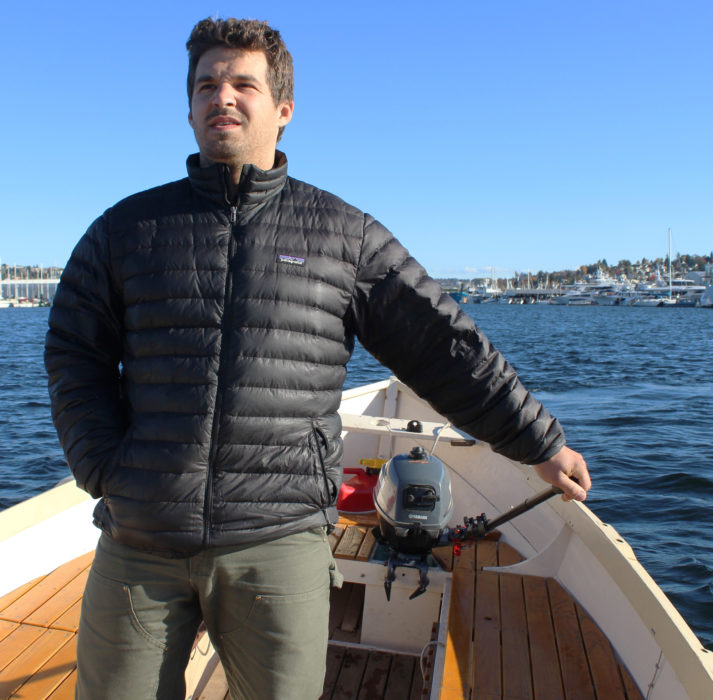Extensions make it possible to get away from the motor while still steering and controlling the throttle. Photographs by the author
Photographs by the author
Leave a Reply
Stay On Course
Extensions make it possible to get away from the motor while still steering and controlling the throttle. Photographs by the author
Photographs by the author
Stay On Course
Join The Conversation
We welcome your comments about this article. If you’d like to include a photo or a video with your comment, please email the file or link.